By Annonciata Byukusenge
The catastrophic decline of vultures has been experienced in different parts of the world over the past 30 years as a result of different threats including human activities. In Rwanda, vultures are threatened by poisoning, infrastructure development, wood harvesting in natural forests, hate, lack of public awareness, and traditional medicine as highlighted by people of Musanze and Muhanga districts around Busaga forest (TheForefrontMagazine).
The people living around one of the major vulture habitats in Gataraga sector narrate their knowledge about vultures, and how they are killed for traditional medicine and cultural rituals.
Alliance Nyiramahirwa, 60, lives in Gataraga sector, Rubindi cell, Gataraga village where use of vulture parts as protection from evil is rampant.
“People believe in cultural traditions like the use of vulture talons. They believe that if someone carries the claw of a vulture everywhere he goes, no one can poison them,” she pauses then adds; “I cannot kill vultures because I am a christian, I believe only in God. I know the importance of vultures in our society, that they clean waste.”
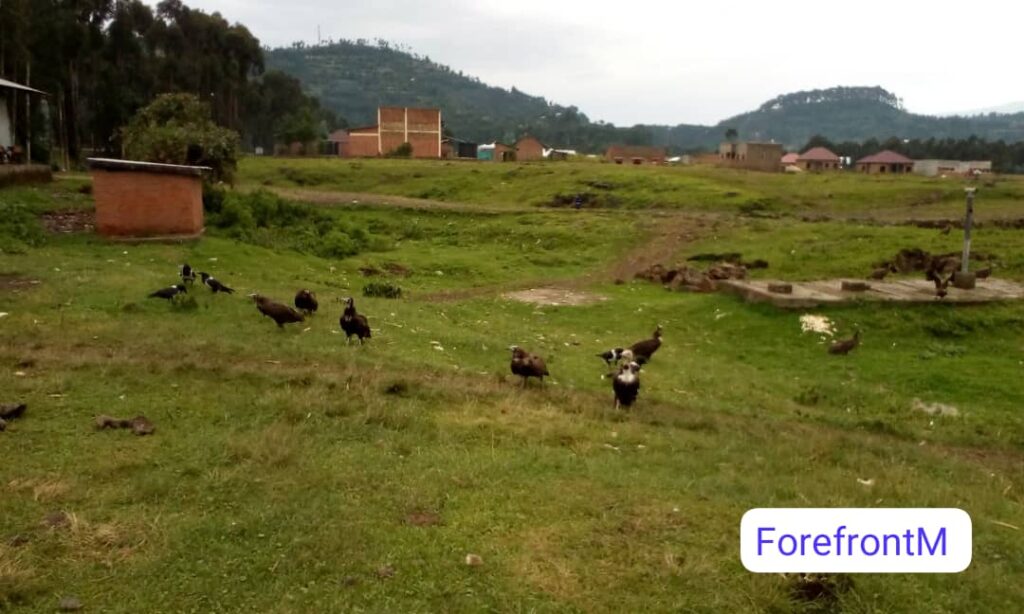
She says that the vultures are very important in the Gataraga Sector which has a slaughterhouse. The vultures feed off the waste, mostly animal parts, and internal organs… “The waste would otherwise rot and expose people to the risk of catching a disease. Unfortunately, locals often attack the vultures as they feed, killing them.”
The guardians of Busaga forest in Muhanga district, Rongi sector said that the traditional medicine and culture use are on top of the list in pushing people to kill the vultures, but Nature Rwanda is raising public awareness in order to protect them and their breeding habitats.
Says Vianney Sekinanira, a ranger at Busaga forest working with Nature Rwanda; “Every day we encounter traditional doctors looking for vultures to use for their work. Some of them use the vulture’s talons, wings, heads and even their meat. Nobody pays us. But we come here every two days of the week to try and manage this forest so that the wildlife in it can be safe from hunters.”
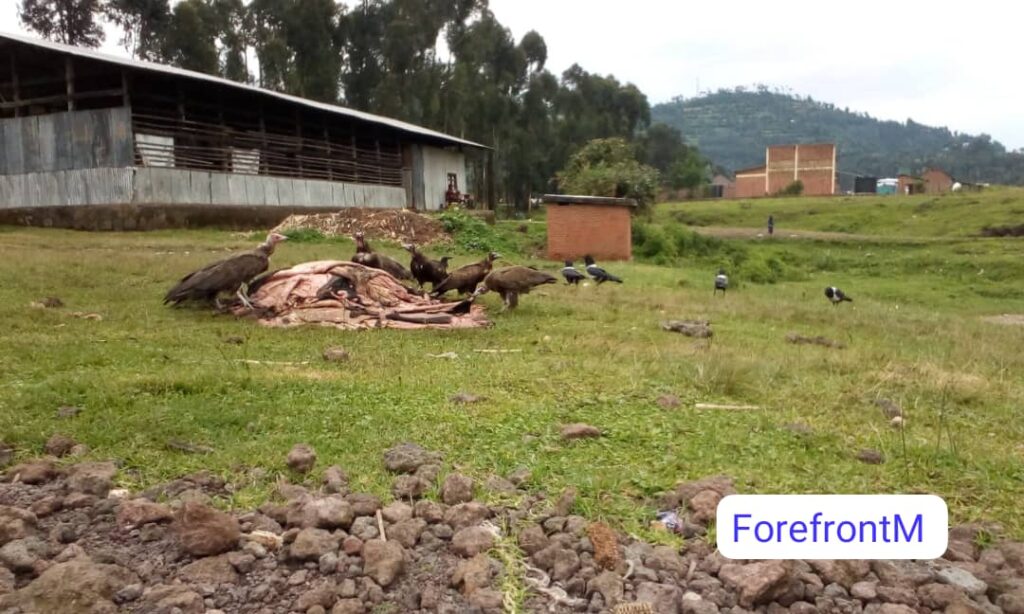
Twenty years ago, some species of animals which thrived in Busaga have now completely disappeared. They include the colourful monkey, Mandrillus sphinx (locally known as inguge) and the yellow backed duiker antelope, Bovidae Cephalophus silvicultor (locally known as Ifumberi). The last Mandrillus sphinx was killed in 1982 by poachers and the last Bovidae Cephalophus silvicultor was killed in 1998. Conservationists fear that vultures can also disappear in this forest, if nothing is done to protect them for human-induced distances.
The role of vulture to the community
Vultures, also known as nature’s cleanup crew, do the dirty work of cleaning up after death, helping to keep ecosystems healthy as they act as natural carcass recyclers. They provide critically important ecosystem services and socioeconomic benefits, according to the Vulture Conservation Foundation.
They add that vultures perform an important ecosystem service by removing organic material from the environment which could help reduce disease causing microorganisms in the ecosystem.
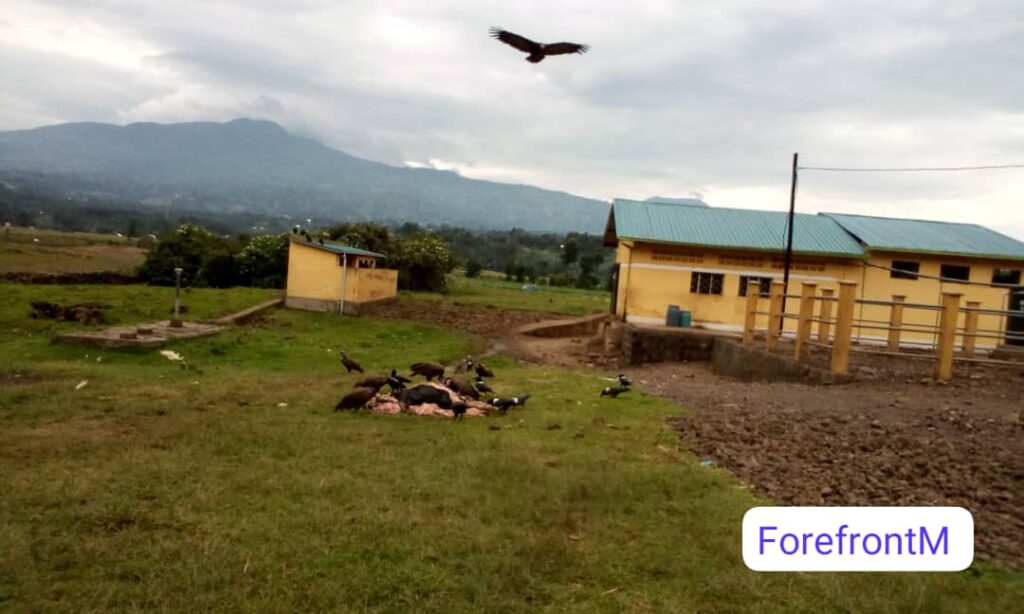
According to an article by the National Geographic, vultures eat dead animal carcasses, are particularly effective at removing pathogens and toxins in the environment because they rapidly consume carrion (decaying animal body) before it decays, and their stomachs contain a potent acid that destroys many of the harmful substances found in dead animals.
For example, Zoonotic disease pathogens such as rabies virus have been causing outbreaks in humans for thousands of years. In fact, most infectious diseases in humans originate in animals, and the frequency of such transmissions has been increasing over time. Taylor et al., identified that three out of four emerging infectious organisms are zoonotic in origin.
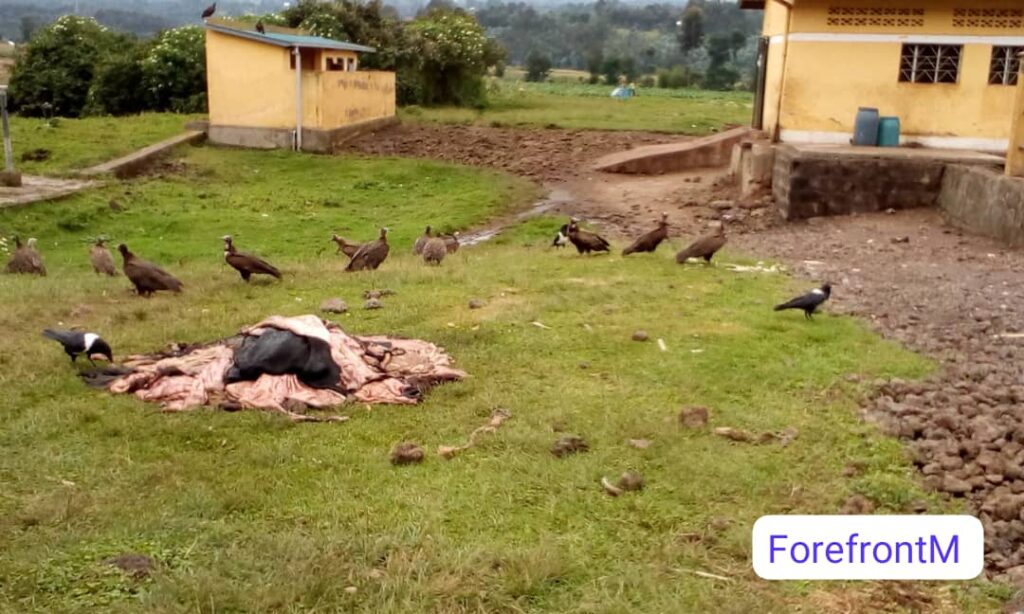
Recently emerged zoonotic diseases, according to the Center for Disease Control and Prevention include globally devastating diseases such as Ebola virus disease, Middle East respiratory syndrome, highly pathogenic avian influenza, severe acute respiratory syndrome, and bovine spongiform encephalopathy.
Having vultures clean the rotting animal remains means that humans will be protected from these dangerous infectious diseases.
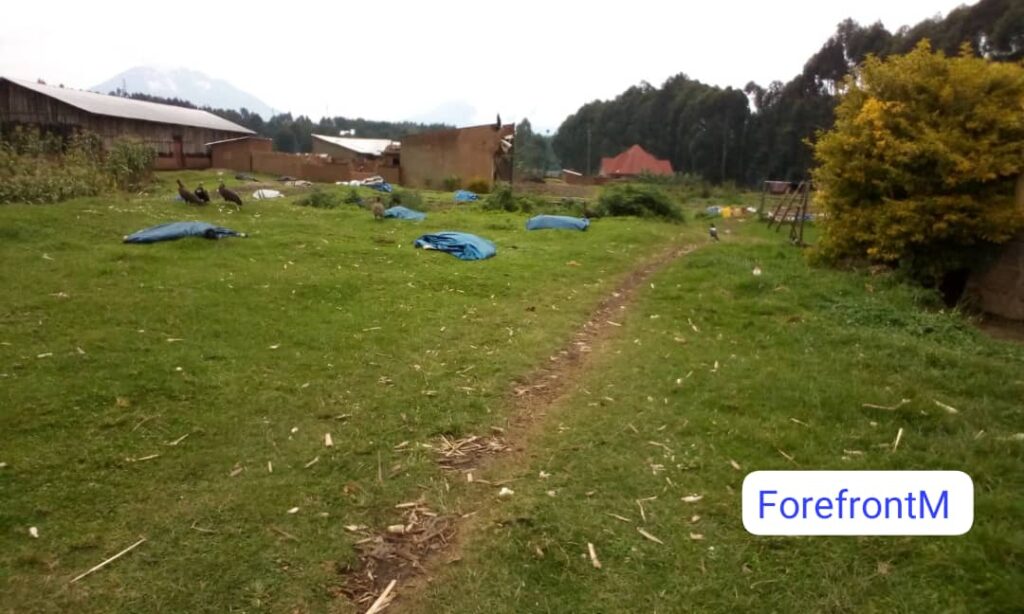
Fortunately, there are people who understand and appreciate the important role vultures play in the community. Faustin Manizabayo is a resident of Gataraga sector in Musanze district. He says that he is more aware of the need of ‘befriending’ vultures after attending an awareness training by Nature Rwanda at Gataraga Market.
“In December 2022, an organization with the initiative of advocating for and conserving vultures conducted an awareness campaign here and they informed us about the importance of vultures in the community, importantly, because we have an abattoir in our village. Now we are in a good position to protect them, but it still is difficult because of human pressures, especially due to cultural practices. Some people persecute vultures in broad daylight, and we see they are proud of their bad activities.”
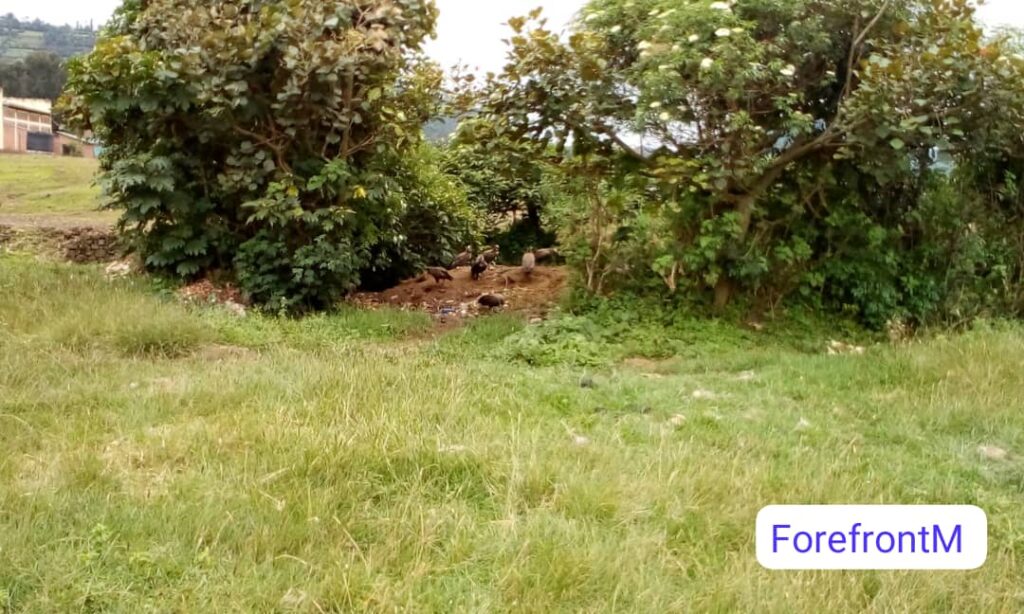
Vultures in Rwanda face extinction
In the last 30 years, Rwanda has seen an overwhelming decline of vultures of up to 96 percent, due to food and habitat loss, unintentional poisoning, persecution by local communities who consider them as dirty birds due to the fact that they consume waste and corpses.
An irony, right?
According to Elie Sinayitutse, the Species and Habitat Conservation Coordinator at Nature Rwanda, vultures are amongst species which need special conservation efforts because they are classified at a high level of endangered status.
“There is a need for people to change their mindsets and negative beliefs, and own the conservation ethics that consider and favor the lives of other living organisms, especially those who are in danger of extinction,” he says, adding, “the challenge we have in vulture conservation, is that people are currently disconnected from nature, being the source of various threats including poison and human-induced persecution as driving threats which lead to 11 documented dead vultures during only 6 months 2020.”
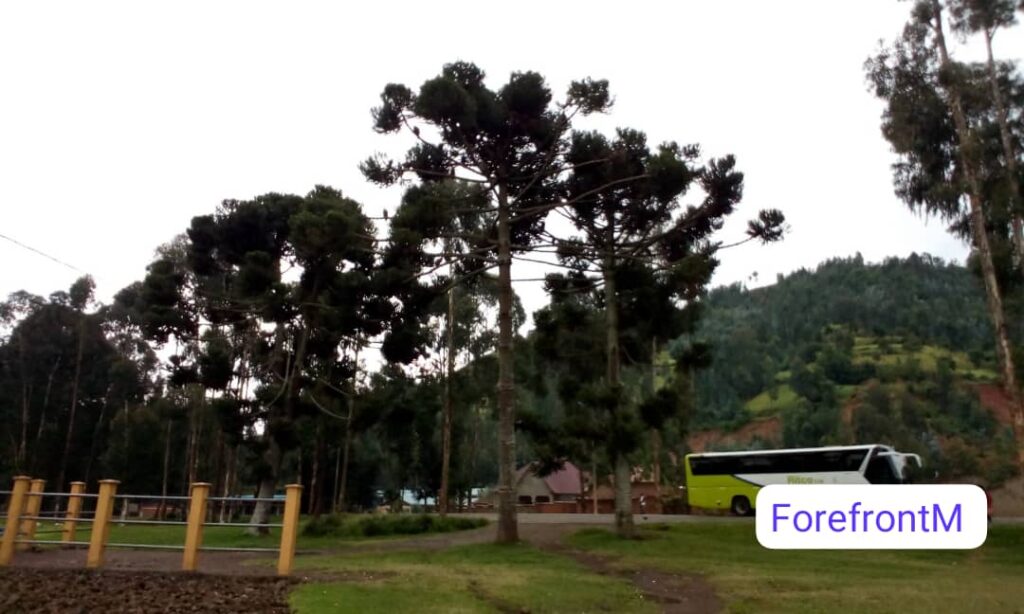
The reproduction of vultures is very low.
The vulture lays only between one and two eggs per year. Therefore, their reproduction rate is low, and when linked to the mentioned threats, their population declines quickly. So far, Rwanda has not prosecuted anyone for harming vultures, under the law of biodiversity conservation as established in November 2021.
“Raising awareness is the priority rather than condemnation,” says Sinayitutse.
Population size of vultures in Rwanda
In Rwanda, the most prevalent species is the hooded vulture. According to the research conducted by Nature Rwanda in 2022, the number of vultures detected per species was found to be generally low:
- Hooded vulture at 280
- White headed vulture, 4
- Palm nut vulture, 9
- Rüppell’s vulture, 2
- White backed vulture ,6
- Lappet faced vulture, 0
These figures are from 15 vulture prevalent locations in Rwanda.
According to Last-African-Vulture.pdf a single vulture is worth over US $ 11,000 just for its cleaning services per year. By halting the spread of disease, they are worth much, much more to governments in saved health service costs, not to mention tourism, et cetera. Of the 6 vulture species found in Rwanda, five are at risk of extinction. This means that the vultures need a friend like you to protect them from poaching and poisoning.
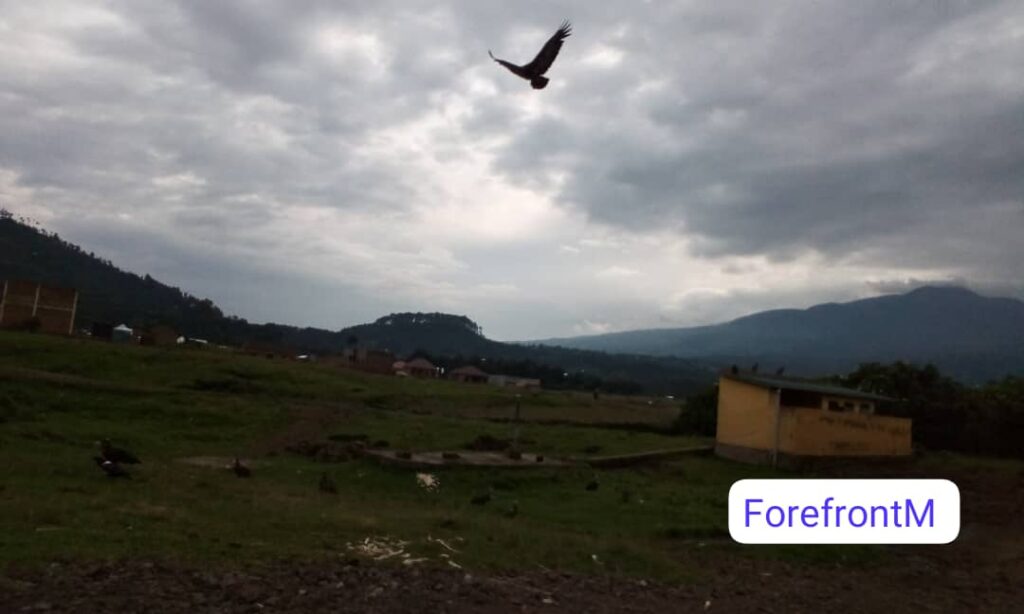
Measures for vulture conservation
There is currently no rescue and rehabilitation programme in Rwanda in order to save lives of vultures. “To fill this gap, in this year Nature Rwanda intends to establish a vulture rescue and rehab center to ensure the survival of globally threatened vulture species found locally, through the rehabilitation and soft release of victims of persecution, poisoning, and poaching. We are also advancing scientific research and conservation education programs to raise awareness of the importance of vultures and their conservation in Rwanda,” said Sinayitutse.
Amongst the vulture species found in Rwanda, the Lappet-faced vulture is the largest. It has mainly dark feathers and is easily identified by its bare pink head and large, fleshy folds of skin on the sides of its neck.
Size: Approximately 100 to 105 cm (39.5 to 41.5 in.); wingspan 2.6 m (8.5 ft)
Weight: Up to 13.6 kg (30 lbs.)
Diet: The bird is mainly a scavenger, feeding predominantly on any large carcasses or their remains. It is also known to hunt, probably taking a variety of small reptiles, fish, birds, and mammals, and has been observed apparently group-hunting flamingo chicks.
Incubation: Approximately 7 weeks
Clutch Size: 1 egg
Sexual Maturity: Approximately 4 to 5 years
Life Span: 20 to 50 years
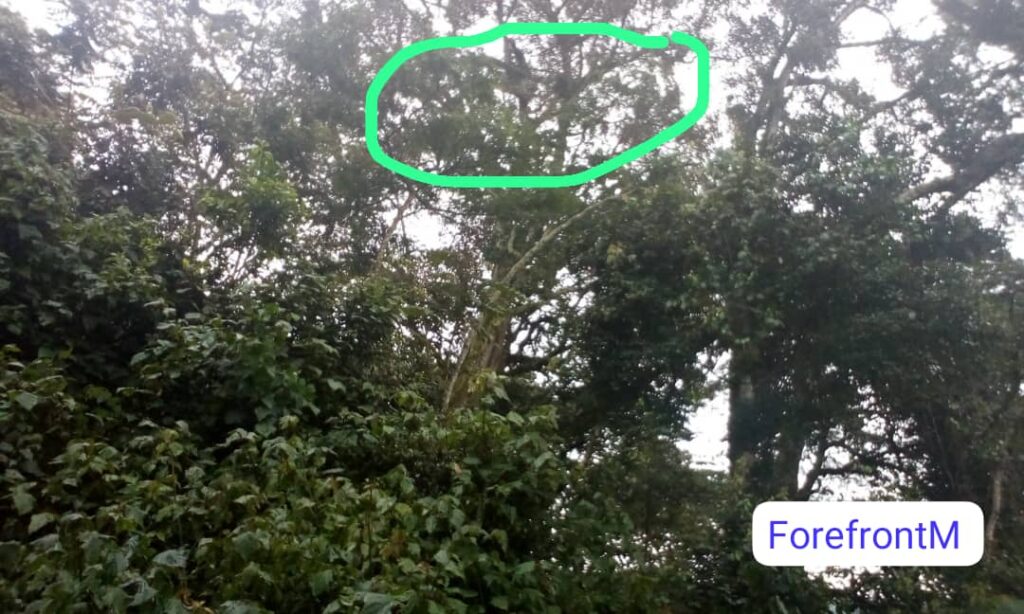
What do experts say about the restoration of animal migration?
According to Dr. Ange Imanishimwe, the Chief Executive Officer of Biodiversity Conservation Organization (BIOCOOR) in Rwanda, he says that restoring animals to their former habitats is possible, but it requires research to find out what caused them to leave. This is also possible on birds.
“There are many reasons why species move from one place or area to another. Like people who can move from one place to another for any reason. Animals and birds, especially vultures, are popular, but require research first.” Said Dr Imanishimwe.
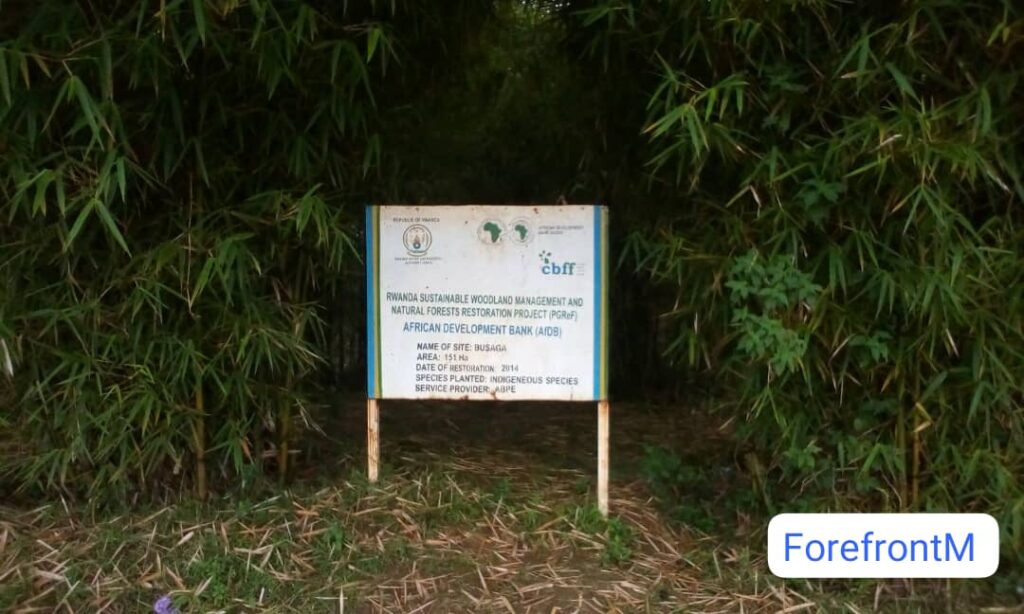
He added that the research that can be conducted to return the animals to a certain place is not for the purpose of finding out the type of animals that were taken there, but for the purpose of finding out the reason why the animals or birds left that place.
“Animals or birds may leave places because they are not safe. They may be threatened by pirates or their habitats may be in conflict with rescuers who hear the sound of gunfire. This can cause them to move. Another thing is that they can disappear due to the fact that the grass and fruits they can eat are not still in that place. It’s easy for them to go away because they won’t live without eating.” Dr Imanishimwe said.
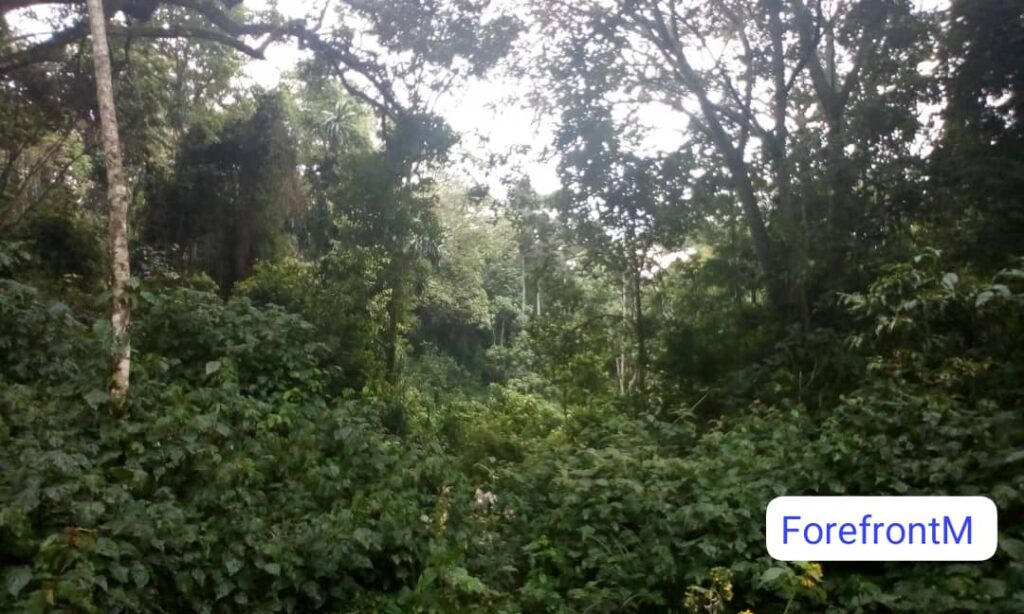
What does the law say about poaching?
The amended law rw-government-gazette-dated-2021-11-11-no-special.pdf and Rwanda Biodiversity Policy on biodiversity and wildlife has recommended strong measures against poachers and those who engage in the trafficking of wildlife as a way of protecting nature.
The law prescribes a prison sentence of between one and three years for a person convicted for poaching, injuring, taking, harassing, or breeding a wild animal and a fine of between Rwf 500,000 ($482) and Rwf1 million ($966).
If the offense is committed against critically endangered or endangered species, the penalty is a prison term of not less than five years but not more than 10 years and a fine of not less than Rwf 5 million ($4820) but not more than Rwf 10 million ($9706).
A person convicted for possession, transferring, selling, buying, or using a wild animal is liable to imprisonment of not less than three years but not more than five years and a fine of not less than Rwf1 million ($966) but not more than Rwf 5 million ($4820).
When the offense referred to is committed against critically endangered or endangered species, the penalty is between five and 10 years in prison and a fine of between Rwf 5 million and Rwf 10 million.
A person who takes or destroys eggs or nests of wild animals commits an offense. Upon conviction, he or she is liable to a term of imprisonment of between six months and two years and a fine of between Rwf 500,000 and Rwf1 million.
In case this offense is committed against the eggs or nests of critically endangered species, and endangered species, the penalty goes up to between three and five years and a fine of between Rwf 2 million and Rwf 5 million.
According to the draft legislation, a person convicted for removing animal species from their habitat, harming, transporting, or hawking them is liable to a term of imprisonment of between six months and two years and a fine of not less than Rwf 500,000, but not more than Rwf1 million.
In case it is committed against endangered species, the jail time increases to between three and five years while the fine is between Rwf 2 million and Rwf 5 million.
The law can be a deterrent, but there is a need for community awareness about the important role the scavengers, the vultures play in our society. They clean after our mess, effectively protecting us from dangerous viral diseases. We should not persecute them. Instead, we should protect them. People must be made aware to speak on behalf of wildlife, as animals lack a voice to fight for their rights.
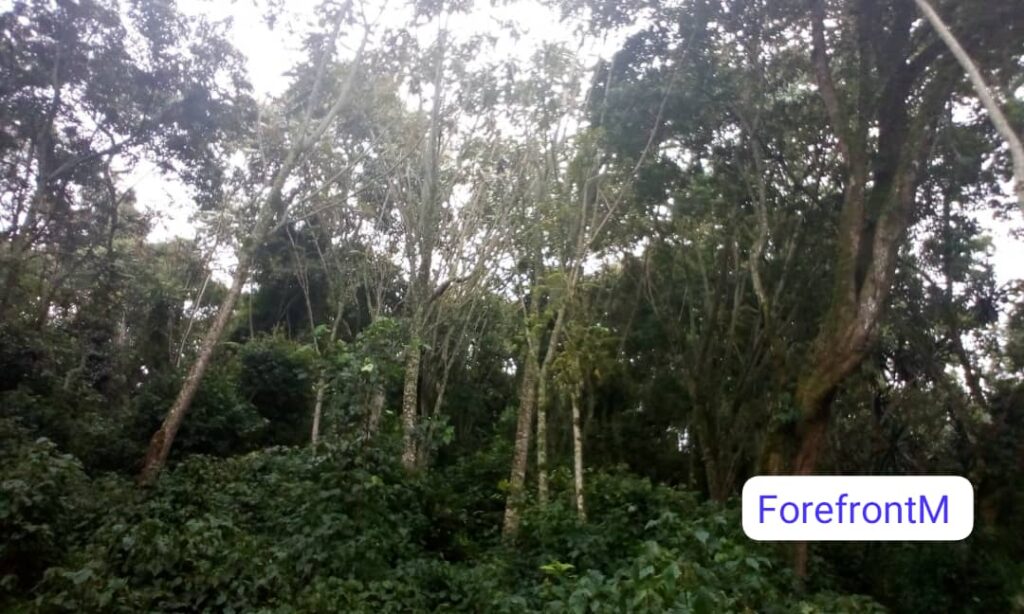
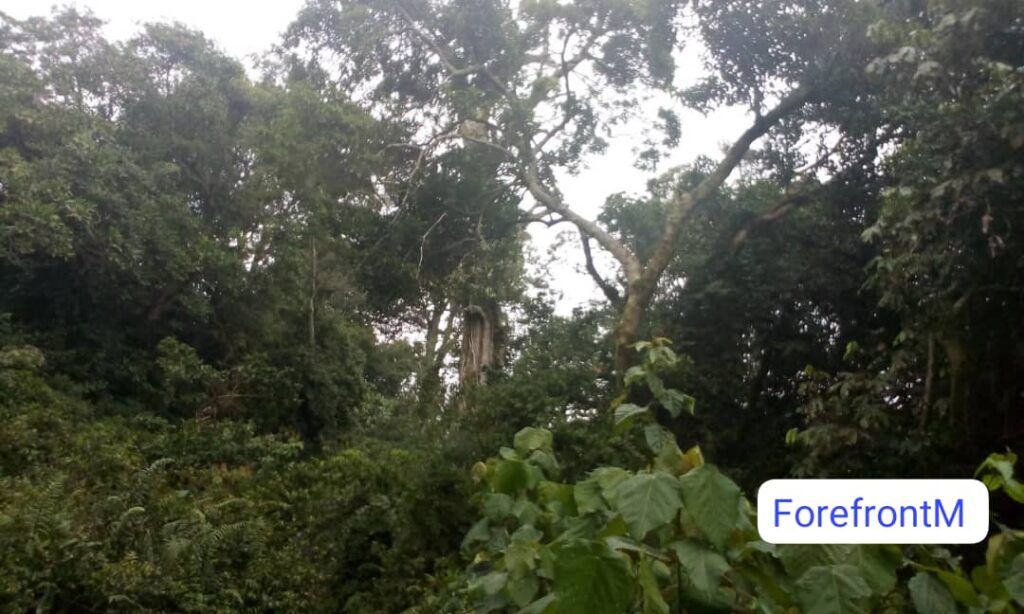
This story was published with grant from the Internews Earth Journalism Network

